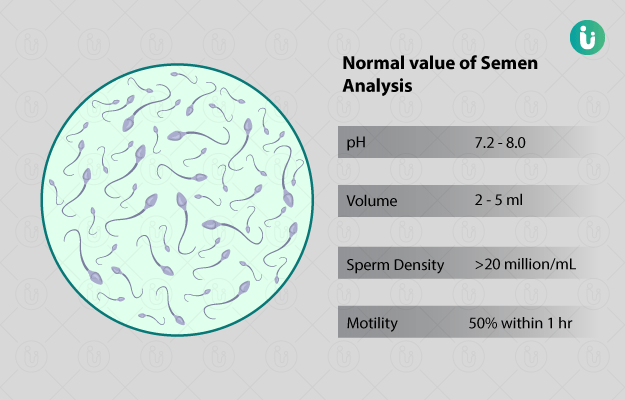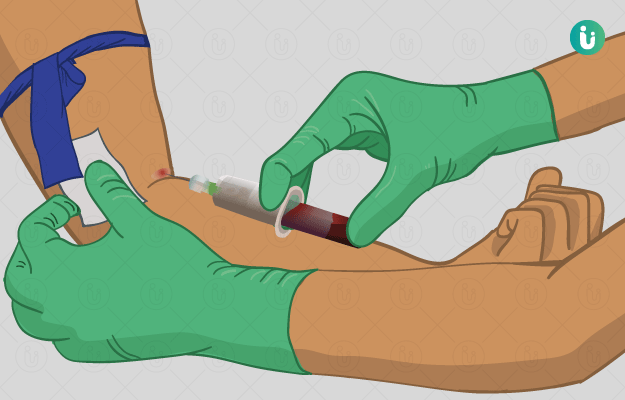What is a Haemoglobin Electrophoresis test?
A Haemoglobin Electrophoresis test is used to look for the types of haemoglobin in your blood. Haemoglobin is a protein present on red blood cells. It is responsible for carrying oxygen throughout the body. A normal human body has various types of haemoglobin - HbA, A2 and F. However, abnormal haemoglobin is present in certain diseases, for example, Hb S in sickle cell disease and HbC in hemolytic anaemia.
Also, if you have a blood disorder such as beta thalassaemia, you would have low haemoglobin levels, which would lead to a lack of oxygen in your body tissues. This manifests in the form of symptoms such as fatigue, weakness and slow growth. You are also likely to have anaemia, which can further increase complications.






























